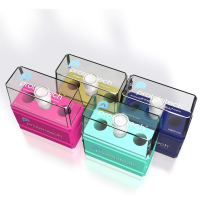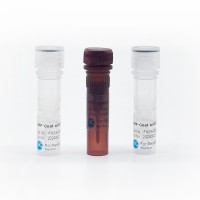Preparation and Use of Porous Poly(-Hydroxyester) Scaffolds for Bone Tissue Engineering
互联网
426
Skeletal defects resulting from tumor resection, congenital abnormalities, or trauma often require surgical intervention to restore function. Current options for bone replacement include autografts, allografts, metals, ceramics, and polymeric bone cements. However, all of these materials have drawbacks, and their selection usually requires some degree of compromise. Autografts represent the ideal repair material, but are limited by availability and donor site morbidity. Allografts may be potential transmitters of disease, and also solicit immune response if not sufficiently pretreated. Ceramics suffer from slow integration and remodeling, and wear-debris from nondegradable polymeric implants may evoke chronic inflammation. Finally, metallic implants may cause atrophy of surrounding tissue through stress shielding, requiring corrective procedures.









